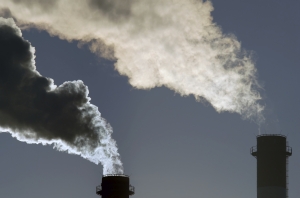Australia has ratified the Paris Agreement, which aims to ‘strengthen the global response to the threat of climate change’ by limiting the increase in the global average temperature to ‘well below 2° Celsius’ (C) above pre-industrial levels, and pursue efforts to limit the global temperature increase to 1.5°C. To achieve this outcome, the Agreement sets a goal of net zero emissions by the second half of the century.
Commitments to reduce GHG emissions require policymakers and companies to identify cost-efficient means to meet their obligations. Marginal abatement cost (MAC) curves are frequently used to illustrate the economics associated with climate change mitigation by analysing the GHG emissions reduction potential of a specific activity, industry or economy, and the cost of action. This enables comparison of the relative abatement from different activities and technologies, and the potential for emissions reductions to be derived from different sectors under a wide range of costs.
In this Market Update, we review our Marginal Abatement Cost (MAC) model for Australia, analysing the emissions reduction potential and corresponding cost for over 150 abatement activities across all emission sectors of the Australian economy, including Agriculture; Direct Combustion; Electricity; Fugitives; Industrial; Land-use, Land use change and Forestry (LULUCF); Transport; and Waste.
Analysis considers the scope of emissions reductions required to align the Australian economy with a 1.5-2°C warming target, including analysis of what emissions pathways will set Australia on track to net-zero emissions in different target years.
As scrutiny of governments and businesses grows, analysis provides decision makers with an important shared quantitative basis for identifying emissions reductions opportunities across the economy, including analysis of what emissions reductions can be achieved at a point in time, and the cost of action. By providing a broad view of abatement potential and costs by industry, this analysis demonstrates the costs of meeting a 1.5-2°C target under the Paris agreement, and illustrates which sectors are likely to contribute large-scale emissions reductions (in a cost-effective way) to meet future emissions targets.















